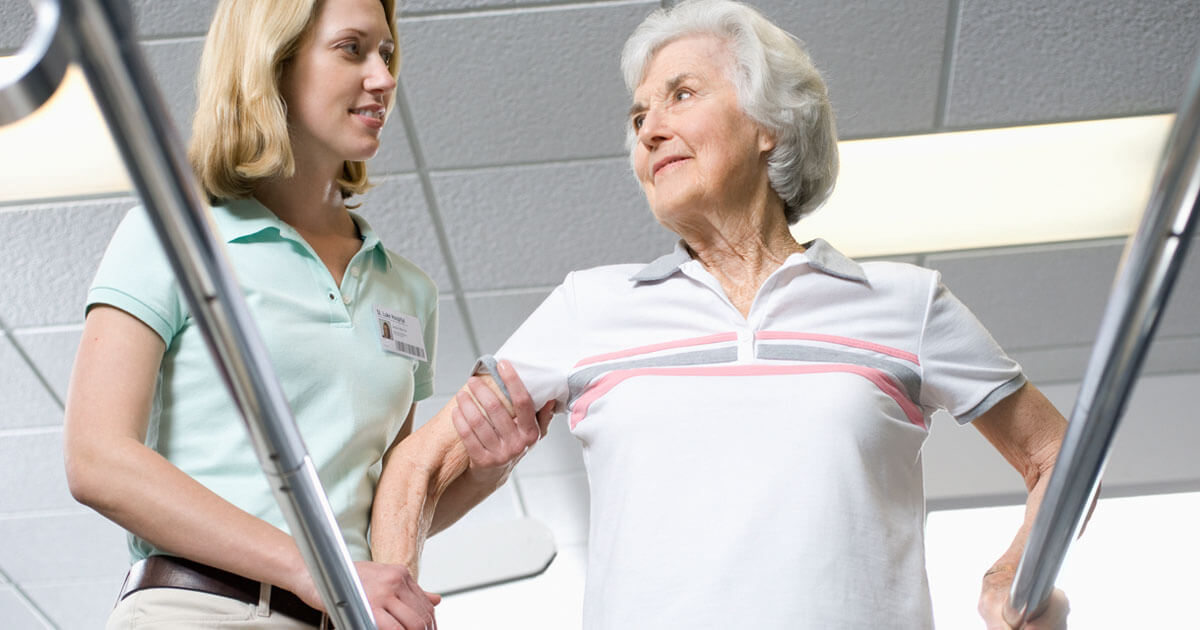
Stroke is a life-changing event. How long it takes you to recover depends on many factors, including the type of stroke you had, the area of your brain affected, and the amount of brain injury. The recovery process begins at the hospital as soon as you are medically stable. Often, this is within a day of having the stroke. Your doctor will talk to you about next steps. This will involve changes in your everyday habits, medicines, rehabilitation, or surgeries to lower the risk of another stroke.
Step 1. Educate yourself about stroke recovery.
The first step is to learn all you can about your condition and what to expect during recovery.
Ask your doctor, nurses, or physical or occupational therapist questions about your treatment and rehabilitation. Other stroke survivors can also help with practical tips. You can use the stroke resources on this website.
Step 2. Take steps to prevent another stroke.
If you've had a stroke, you're at high risk of having another. As you recover from your stroke, take steps to prevent a second one:
- Identify and control your stroke risk factors.
- Continue with your treatment plan. After a stroke, your doctor will work with you on a treatment plan. Your plan is designed to help you recover from your stroke and prevent another stroke. Even if you feel better, do not stop taking a medicine without talking to your doctor first.
Step 3. Figure out what rehabilitation services you will need.
Stroke rehabilitation is a program to help you recover from stroke. Almost all stroke survivors benefit from rehabilitation. However, many women do not join a rehabilitation program for reasons that are not clear. Many women are older at the time of their stroke and often go to assisted-living facilities or hospice after a stroke rather than to a rehabilitation program.
Most insurance plans must cover stroke rehabilitation, although you may need to pay a copayment, coinsurance, and meet your deductible first. Find out what your insurance will cover, and what benefits you can receive from government programs or from your employer.
After a stroke, you will often recover some function in the first few months. This is part of the body's natural healing process. Women who get stroke rehabilitation:
- Relearn skills and abilities that were damaged or lost
- Regain as much independence as possible
- Learn to cope with any remaining limitations
Also, think about what, if anything, you will need from caregivers at home and what they are able to provide. Who is available to help with your care? How much time can they spend taking care of you? Can they provide financial support?
Step 4. Set goals for your recovery.
Set realistic, measureable goals for recovery in each area of your life your stroke affected. Keep in mind that stroke recovery is usually fast in the first few months. Then it may slow down. Having goals will help to motivate you to keep making progress.
Write down your long-term goals and create a timeline for achieving them. Break each one down into steps to make short-term goals.
Step 5. Follow through on your plan.
A stroke can often make you feel powerless. Part of recovery is figuring out how to live as independently as possible. Know that you are likely to face challenges as you adjust to the differences in how your body works.
The road to stroke recovery is often a long one, but focusing on your progress can help you reach your goals.
Did we answer your question about recovering from stroke?
For more information about recovering from stroke, call the OWH Helpline at 1-800-994-9662 or check out the following resources from other organizations:
- Find a Certified Stroke Center or Rehabilitation Facility — Directories of stroke and rehabilitation centers from the National Stroke Association
- Find a Neurologist — American Academy of Neurologists directory

